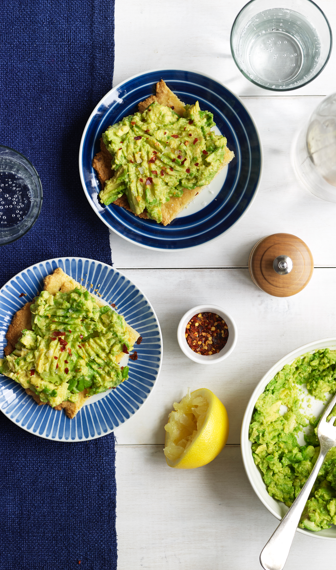- Almond flour and almond meal are not the same thing. Almond meal is ground up almonds (with the skins) whereas almond flour is finely ground blanched almonds without the skins. Both work but the almond flour will give you better results (the almond meal tends to be a little dense and oily). Almond flour can be purchased online and almond meal can be found at health food stores.
- An extra egg or half an egg can be helpful to provide more structure for baking quick breads and muffins; additionally increasing the raising agent slightly can be helpful.
- There is no suggested measurement ratio for all-purpose flour and almond flour. The best advice is to use a recipe containing almond flour that has already been tested.
- Always allow the baked item to sit and cool completely. Otherwise, you will end up with crumbs. Crackers and pie/tart crusts will be crisper and muffins and cakes will have a better texture and hold together if allowed to cool for a couple of hours.
- Always bake at 25°F lower than you normally would for a longer time. Watch your oven carefully and cover with aluminum foil if it starts to brown too quickly.
- Coconut flour absorbs a lot of liquid. For every 1 cup of coconut flour, use 6 eggs and 1 cup of liquid.
- 1 cup all-purpose flour = ¼-1/3 cup coconut flour.
- Coconut flour can be baked at the same temperature as other recipes, no need for adjustment.
- The best ratio is 3:1 almond flour to coconut flour. This low-carb flour substitution closely mirrors all-purpose flour without the need for additional eggs.
- Keep the liquid ingredients at the same ratio suggested for coconut flour, as it will still need the extra moisture.
CLICK HERE for recipe ideas. Happy low-carb baking!

